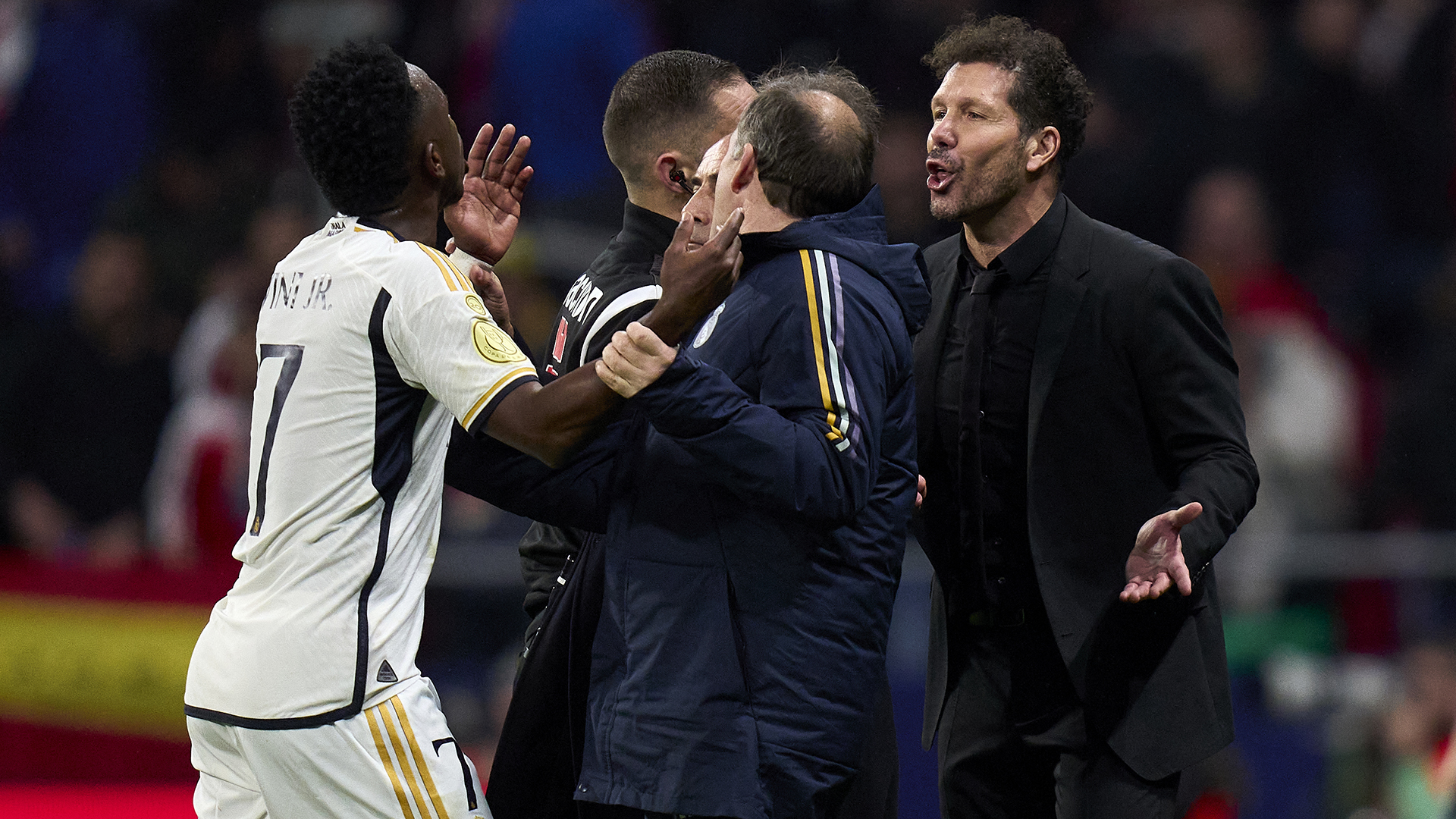On the day after the Cincinnati Reds played their home opener, the Cincinnati Enquirer's Paul Daugherty took it upon himself to negotiate peace. On one side of the conflict were the team's fans, who had responded to ownership's second roster teardown in less than a decade by demanding—at games, online, and on a billboard along I-75—that owner Bob Castellini sell the team. On the other side was ownership, represented by the team's president and chief operating officer Phil Castellini, who had responded to a follow-up question in an interview on the team's flagship radio station—on the day of the home opener, an unofficial holiday in the city—by encouraging those fans, in the spirit of a shared love of the team, to shut up, to just shut, to just shut up and be quiet and enjoy whatever kind of baseball team his extremely rich family gives them to watch. That team lost its home opener to Cleveland by the score of 10-5, and then lost its next 10 games by a combined score of 58-15. They finally won on Sunday, improving their record to 3-13. No MLB team has scored fewer runs, and only one has allowed more.
It is early, but none of this is, if you'll pardon the jargon, "what you want." This particular Reds team was not built to win, really. And even if they were not quite built to lose in the way that the league's more extravagant tankers were, these Reds were in some sense built to lose. Not quite as abjectly as some other teams, and presumably with more and longer interruptions between defeats, but preferably still often enough to secure a decent draft position, and so continue with the philosophy of focusing on player development that Castellini the Younger had outlined, in what he probably hoped were tones of bullish executive command, in the same radio interview in which he would go on to vigorously flip his shit upon the merest perception of lèse-majesté.
What Castellini said, before he said what he meant, was familiar—it is not just Reds fans who are used to hearing, from someone in a blazer or a fleece vest, that their team would simply have to lose for a couple more years so that it might later be able to win. That Castellini went on to explain the barely latent subtext of that calculation—that it is both expensive and difficult to actively try to win, and that doing so would unacceptably risk ownership's profits—was interesting, but not any savvier than it seems. Anyway, people got the message. More than 43,000 fans were at the team's ballpark for the home opener, and fewer than 11,000 came out the next day. The chants and demands and other rude and totally justified stuff has not stopped.
The Reds are hitting rock bottom. Fans are paying for billboards, flying a banner next to the ballpark calling out the front office, and wearing bags on their heads in the stands. This is really sad to watch the Reds historic franchise crash and burn. Cincinnati deserves better.
— Brandon Saho (@BrandonSaho) April 23, 2022
The problem that Daugherty set out to fix in a post calling for "a truce" only cosmetically had two sides. Ownership knew what fans thought of them, because the fans have been yelling it at them everywhere they could for years. Fans now knew, thanks to Castellini's bold frontal assault on the fourth wall, exactly how ownership felt about them—how little it thought of them in every facet, and how disinclined the team's owners were to give the fans anything that they wanted either on business principle or as a matter of crude discipline. It is not a conflict that has a resolution beyond "put a better baseball team on the field," but that happens to be the one thing that ownership does not want to do.
While allowing that it was not fans' "responsibility to change the current sell-the-team sentiments," Daugherty wrote, "I’m just suggesting you cool it. Point made, yeah? The first thing I heard at the game Tuesday, right after Tyler Mahle threw the game’s first pitch, was a fan yelling, 'Sell the team, Bob!'"
Daugherty's point was that, given that nothing was going to change for their exertions, fans would do well to relax and find a way to enjoy watching a team whose owners remain determined neither to sell it nor pay to improve it—and who also really did not appreciate being yelled at about any of that. That is pretty much exactly the statement that Castellini had blundered toward on the radio, as it happens. The terms of the raw deal at the center of all that fan unhappiness had not changed, and would not. But what was there to do but try to Get to Yes despite that?
The Reds will not be as bad as they've been so far, just because baseball doesn't work like that and because things tend to even out over the course of a long season. It is more interesting, and more important, to note that the Reds shouldn't really be bad at all. They have some promising young pitchers in their big-league rotation and bullpen, and nearly all of those pitchers are, for reasons built into baseball's economics, still being paid much less than their production should warrant. This part of a team's development is the moment when a team that wanted to compete for a playoff spot—even one that wants to do so without running an above-average big-league payroll—might simply do that. This isn't an especially complicated thing, and it is not something that necessarily contradicts or even conflicts with Castellini's stated organizational goal of "growing our own." The Reds have already done that, and they haven't yet had to pay that homegrown talent the salaries that they deserve.
The move, for a team inclined to take advantage of this moment, would be adding some final pieces necessary to that cheap young talent through trades, free agent signings, and hope—hope that the young players keep getting better, and the more expensive older ones don't get worse, and that everything aligns and stays lined up for a little while. If this looks simplistic written out like that, it is mostly because there is nothing terribly complicated about it: Getting to something like this stage is the ostensible point of all those years of strategic hopelessness, and the point of banking all that cheap young talent is not somehow to have it, but to use it. Again, this is presuming that there is a point.
There's something terribly grim and pre-defeated about the extent to which the idea of a "window of contention"—that bright period, however long, that happens between the years in which a team is not trying to win—has been accepted by fans across sports as a Powerful Business Fact. To accept that is not just to accept the primacy of ownership's prerogative and profit, although it is absolutely also that; it is very literally taking a rich man or a consortium of rich men at their word when they tell you that they want what you want. But also, and more urgently, it is a capitulation. It's opting out of the present entirely, and so consigning a big-league season or two or three (or more) to insignificance, in favor of a heavily abstracted and ultra-contingent future that, in many cases, tends to stay stuck at the same distance.
An important part of the reason Reds fans are currently refusing to accept this is that the team, which believed they were entering just such a period of contention in 2020 and 2021 and acted accordingly, decided to shut that window on principle before this season. In a mostly dreary National League Central, and with two new postseason spots to pursue, Reds ownership simply opted out of contention and into something else, furiously dumping talent and payroll and so turning away from one window in search of another, which either is or is not located down some dark hallway of varying length. Ownership's reasons for this are not terribly hard to guess, although it's unlikely that anyone with the last name Castellini will ever again be entrusted to defend them in public.
But at this point, the argument barely even needs to be made. The jargon and justification is familiar, and the calculation behind it is plain in a way it once wasn't. Fans once were happy to think and talk about how efficient, optimized team-building practices might serve their teams—Moneyball, like all good business writing, makes executive calculation seem not just smart, but fun. But the triumph of that efficiency and optimization has by now created a landscape in which these practices mostly just serve to perpetuate themselves, and everything else just exists to serve them.
Chris Rose: I feel badly for the fans of Cincinnati
— Wooooo™ (@WoooooTheReds) April 22, 2022
Nick Castellanos: So do I pic.twitter.com/2B6pYD1Aw3
This sucks, but it's worth thinking about how it sucks. In the absence of a team worth watching, the fans that Daugherty and Castellini alike encouraged to find their own perfect bite of this particular shit sandwich would have to seek enjoyment in a more abstract sense. "What would you do with this team to have it more profitable," Castellini challenged back in that interview before the home opener, "make more money, compete more in the current economic system?" The answer, which Castellini immediately supplied, was to move the team somewhere else; the lesson, he continued, was to "be careful what you ask for."
A fan who took that hilariously overt threat to heart, or who just wanted something less assaultively dispiriting to think about than the team on the field, would necessarily have to find their way to a more abstracted fandom. This might be, say, thinking about whether the team could get a package of underpaid talent in a trade for 27-year-old ace Tyler Mahle, or even for 22-year-old phenom Hunter Greene. Any such trade would make the team worse for years to come, of course. But if the team is going to be bad anyway, there is nothing but this kind of conjecture to think about. What if the return on those years of competitiveness matured just as the light of a new and brighter contention broke through that other window, sometime and somewhere else. And consider the possibility that the owners might, that time, decide to try propping the window open. If the challenge is to find some way to care, fans will find some way to meet it, in the same way that a flood always finds the basement.
There are more and less dignified ways to lose, but no enjoyable ones have yet been invented. If the new way of losing in Major League Baseball—the tactical one that is pointed at and justified by some less dispiriting future—seems uniquely perverse, it is because of the complicity that it attempts to reason or simply wring out of fans. The games don't really matter; it will be years before they matter, and there is no guarantee that they will ever matter at all. In their place is the different game that executives and owners play—budgets and priorities, profits and losses, those narrow windows and those long dark corridors between them. This game is no fun, at least relative to (for instance) baseball, but it is one that interests the people with the final say much more than all those baseball games do.
As those games become more and more indistinct and indistinguishable, the thing that matters comes into sharper contrast. Last week, the Enquirer's Mike Bass published a peculiar story that was written as a sort of goal-oriented coaching call between the author and "Faux Phil," a stand-in for Castellini, and which seemed dedicated to trying to figure out what Castellini wants from his fans.
"Instead of feeling appreciated for what you see as responsible and smart," Bass's coach says to Faux Phil at one point, "instead of feeling trusted for what you have accomplished, you feel attacked." ("Exactly," Faux Phil answers.) There is some attempt to coax an answer from Faux Phil about how he might connect with fans, and get them to stop yelling at him and his family, but the post becomes even more abstracted, there. What these aggrieved billionaires want from everyone else is clear, and was clear long before Castellini made it so. What the men in charge would be willing to offer in exchange for that endless happy assent is necessarily much harder to see.






